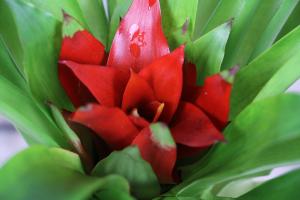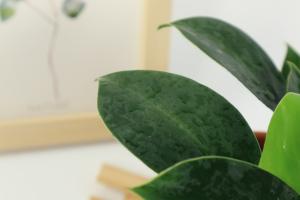How Does Cytokinesis Differ in Animal and Plant Cells
Cytokinesis is the final stage of cell division process, where the cell cytoplasm divides into two daughter cells. However, the way cytokinesis occurs differs significantly between animal and plant cells. This article highlights the differences between these two processes.
Animal Cell Cytokinesis
The cytokinesis process of animal cells starts with the formation of a contractile ring. This ring is made of actin and myosin filaments that wrap around the cell's equator. The contraction of this contractile ring pulls the cell membrane inward, causing it to pinch and divide the cytoplasm.
During the final stage of animal cell cytokinesis, a furrow appears on the cell's surface, which gradually deepens and divides the cell into two equal halves. Finally, a new cell membrane forms around each daughter cell, separating them from each other.
Plant Cell Cytokinesis
The cytokinesis process in plant cells differs significantly from animal cells. Unlike animal cells that have contractile rings, plant cells have a cell plate. This cell plate forms from vesicles derived from the Golgi apparatus, which move towards the center of the dividing cell.
The cell plate grows outward and fuses with the existing cell wall, eventually separating the cell into two autonomous daughter cells. Unlike animal cells, the daughter cells have cell walls that prevent them from shrinking or collapsing after cytokinesis.
Comparison of Animal and Plant Cell Cytokinesis
The primary difference between animal and plant cell cytokinesis is the presence of a contractile ring in animal cells and a cell plate in plant cells. In animal cells, the actin and myosin filaments contract to form a cleavage furrow, while in plant cells, vesicles arrange themselves in the middle of the cell and converge to form the cell plate.
Another significant difference is the final outcome of cytokinesis. In animal cells, the two daughter cells have a distinct cell membrane separating them, while in plant cells, the new cells are still connected by a cell wall. Additionally, the cell wall in plant cells prevents the formation of a furrow or cleavage during cytokinesis.
Conclusion
In conclusion, cytokinesis is the final stage of cell division in both animal and plant cells. While the general process is the same, the way cytokinesis occurs differs significantly between these two cell types. Ultimately, the difference in the final outcome of cytokinesis is mainly due to the presence or absence of a cell wall in plant and animal cells.

 how many times do yo...
how many times do yo... how many planted tre...
how many planted tre... how many pine trees ...
how many pine trees ... how many pecan trees...
how many pecan trees... how many plants comp...
how many plants comp... how many plants can ...
how many plants can ... how many plants and ...
how many plants and ... how many pepper plan...
how many pepper plan...




























